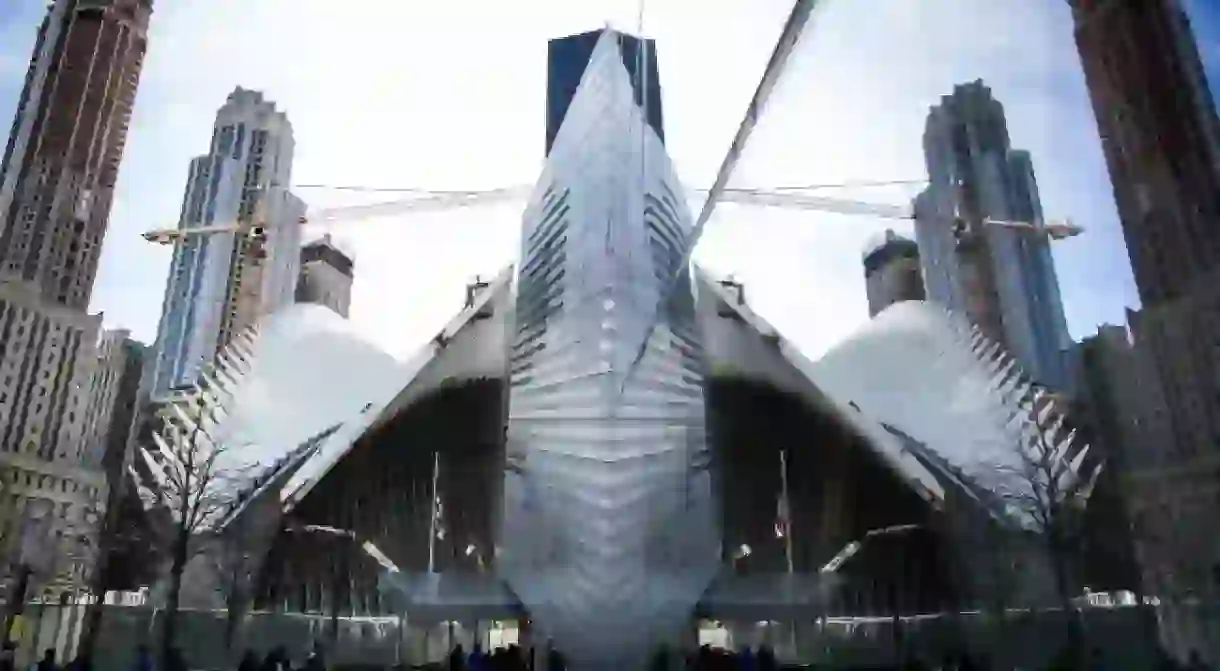The Scandalous History Of Architect Santiago Calatrava

Santiago Calatrava: a visionary architect or a modern Machiavelli? How could he be commissioned to build some of the most important infrastructural projects worldwide, with the amount of controversy that surrounds his work and reputation? The answer isn’t at all clear… though definitely fascinating.

Calatrava is a Spanish neo-futuristic architect, structural engineer, sculptor and painter, and has received recognition and honors for his design and engineering works. He was awarded a Gold Medal from the American Institute of Architects (AIA) for his ‘influence on the theory and practice of architecture’, joining the ranks of such visionaries as Thomas Jefferson and Le Corbusier.
And the praise doesn’t end there: according to the AIA’s vice president, Edward J. Kodet, ‘his design merges sculptural expression and engineering through architecture […]. His architecture expands the vision and expresses the energy of the human spirit, captivating the imagination and delighting us in the wonders of what sculptural form and dynamic structure can accomplish’. A visionary theoretical attitude that is clear throughout his works – bridges, buildings, train stations, galleries, that stand today in cities such as New York, Bilbao, Valencia, Zurich, Jerusalem, Venice and Barcelona.

Calatrava has often been accused of inefficiency and publicly held responsible for ruinous projects. On top of that, he’s received a bad name for making his construction works extremely expensive, as he often found himself having to double the budgets for the execution of his designs. Considering that a lot of them are public works, commissioned by the governments and paid by the taxes, it certainly makes the controversy understandable. Here’s just a few of them:
2014. The Palau De Les Arts
In 2014 Valencia council sued Calatrava for the Opera House’s crumbling roof, an incident that caused long-term closure. The Palau De Les Arts is part of the City of Art And Sciences built entirely by the architect at the cost of €300 million. The prime minister and economy ministers of Spain claimed compensation for the restoration works. Calatrava replied pointing out the revolutionary design of his works, but the government was focused more on the lack of the architect’s supervision during the developing phase, and on some technical mistakes on the papers. This happened in Venice as well, where he was sued for the slippery bridge built on the canal in 2008, whereas in 2012 he was fined by the Spanish Court and obliged to refund Oviedo Council in Spain €3,2 million because of the collapsed bleachers of the Convention & Exhibition Center.

2004-2016. The World Trade Center Transportation Hub
The World Trade Center Transportation Hub is another example. The official opening was planned in 2016, but the building recently suffered a leaky ceiling. The original estimate was $2 billion, but the actual cost has ended up closer to $4 billion. Bad reviews appeared on and off line about the real design value, and on Twitter, the Times’ Michael Kimmelman called the unfinished product ‘a kitsch stegosaurus.’ Calatrava refused to compromise his aesthetic for practical reasons, so the ventilation plant for the station is located next door in 3 World Trade Center. ‘He didn’t see his design as being dependent on the surrounding buildings’ the press reported.

Half of the architecture community publicly reject Calatrava, while the other half declare Calatrava to be a visionary, misunderstood artist. But a question arrises in all these stories: what did the governments do in order to control Calatrava’s works and his rising budgets? Beyond the aesthetics, beyond the budgets, beyond the structural problems, Calatrava is also a symbol of a lack of public works management, and governments should certainly take part of the responsibility. So why is he still so acclaimed and wanted on a global scale?













